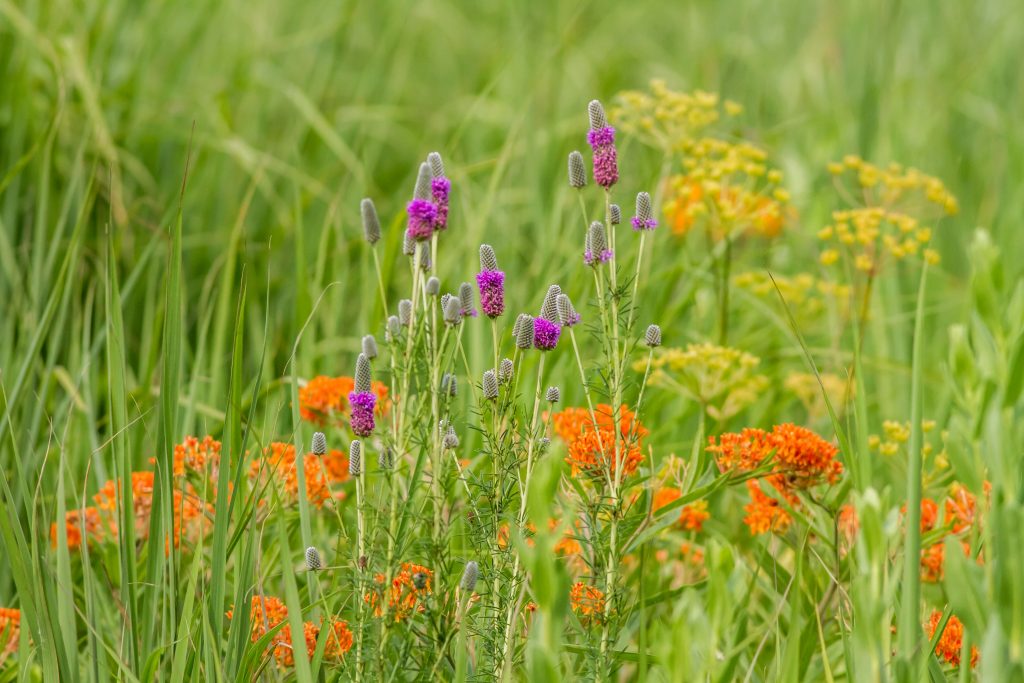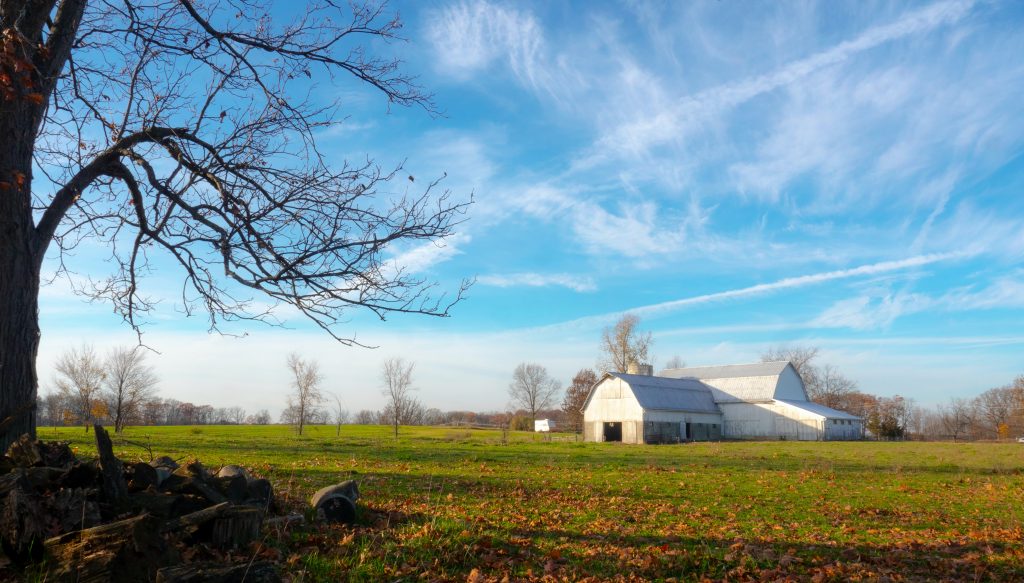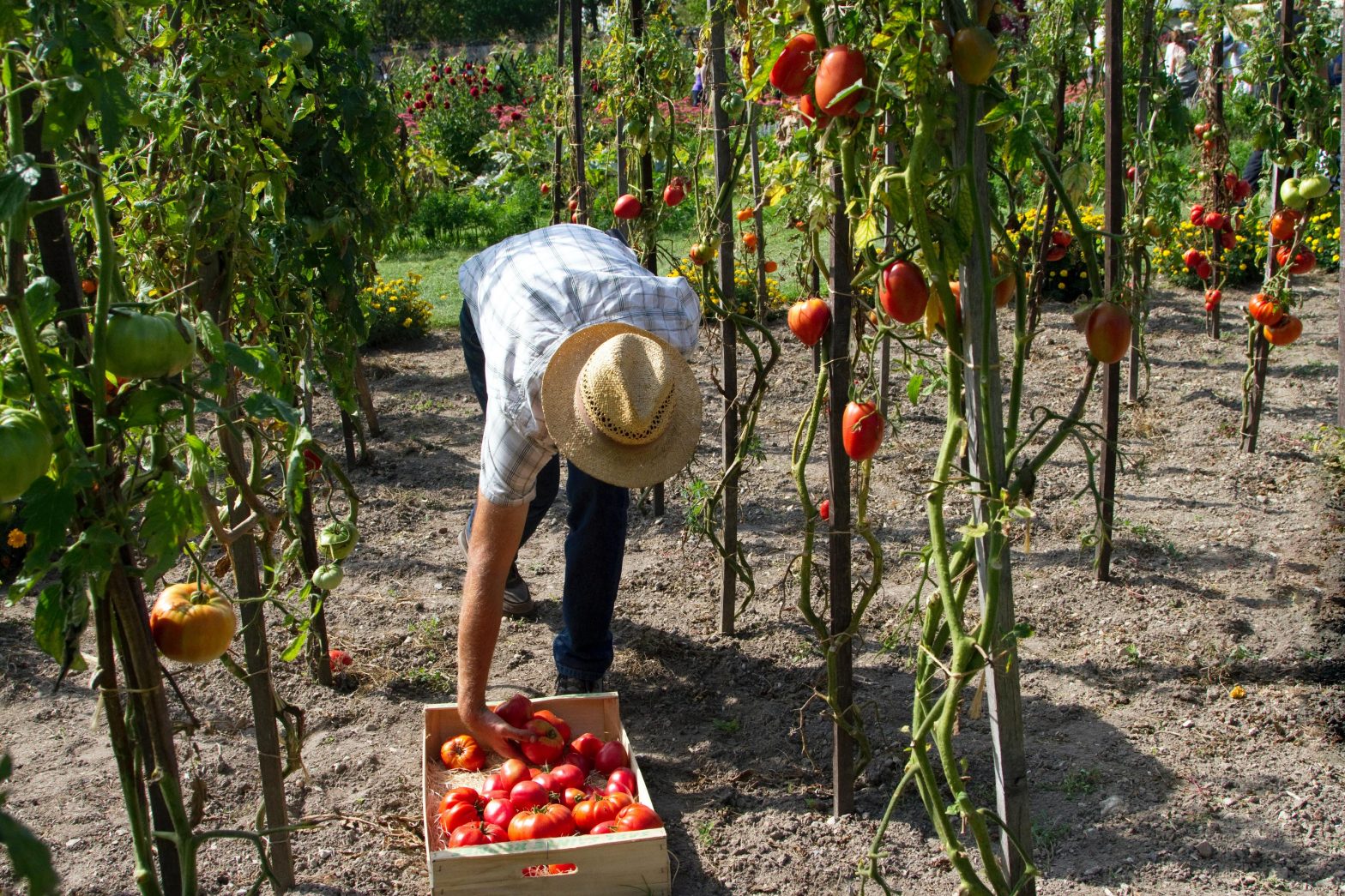Modern farming practices can deplete the land of minerals, create pollution, cause loss of biodiversity and wildlife as well as produce less nutrient rich foods.1 These practices are productive for large short-term gains, but eventually we rob ourselves of using the land productively in the future. However, it doesn’t have to be this way. We can work with nature instead of against it, using land sustainably. Sustainable use of resources allows us to attain what we need without jeopardizing the future of the resources or economic and social needs.2 One set of sustainable agricultural practices is called permaculture. The term permaculture was originally coined in the 1970s by Bill Mollison and David Holmgren who released a book based around sustainable, ethical agricultural principles.3 Now, their philosophy has taken root all over the world, evolving along the way.4 Of its many principles, permaculture design principle #1 is to observe and interact. This means not ignoring the attributes of the land.5
Truly, observation is critical to well-designed and optimally functional permaculture. Skills in observation must be honed through practice.5 For best results, it’s recommended to observe for one year before making permanent and irreversible changes to the land. Throughout this observation year you will intimately learn the land, it’s climate and the community – including people, animals and plants. Consequently, you will find what benefits as well as what difficulties exist and best consider how to take action.6 Overall, this helps to ensure that our designs work optimally with nature.5

Photo credit: Kamala Bright via Unsplash
1. What's already there?
The first step of observation for permaculture design principle #1 is to find out what already exists on your land that could be an asset or a potential challenge. Instead of forging ahead without understanding what those might be, observe what already inhabits your land to most efficiently work with it.
On one hand, perhaps a patch of milkweed plants attract pollinators which could be a boon to your own plantings. As another example, maybe some edible plants thrive in certain parts of the landscape. If you hadn’t noticed these plants and had simply cleared them, these valuable assets could have been lost. On the other hand, a potential challenge could be that the land is inhabited by a thriving family of (adorable) rabbits. By knowing that they are residents of the land, you can make sure that any leafy green plantings you want to grow will be well-protected from any unwanted grazing bunnies.
Furthermore, learning about the soil and the microclimates will help you to take advantage of what virtues the land already has. When it comes to soil observation, more than just the eye is needed. A pH test will help to reveal if the ground is habitable or inhospitable. Knowing what your soil pH is will help you to find out before planting if your crops will thrive or if you need to make changes to the soil.7 Regardless, what you have to work with will be different throughout the changes the seasons bring, which is why it’s important to take at least one year to observe.6

Photo Credit: Dulcey Lima via Unsplash
2. What do the seasonal changes bring?
As the seasons shift throughout the year, many changes occur. More than just a different temperature, each season brings changes in sun angles, precipitation, wind and even what types of animals are around. If you haven’t personally observed how all of these factors can impact your land, it will not be possible to predict what designs will work with nature and not against it. The seasons aren’t the only thing that brings change, the people around us can also create short-term and long-term impacts on permaculture.5

Photo Credit: Engin Aykurt via Unsplash
3. What impacts might neighbors have?
As the seasons shift throughout the year, many changes occur. More than just a different temperature, each season brings changes in sun angles, precipitation, wind and even what types of animals are around. If you haven’t personally observed how all of these factors can impact your land, it will not be possible to predict what designs will work with nature and not against it. The seasons aren’t the only thing that brings change, the people around us can also create short-term and long-term impacts on permaculture.5

Photo Credit: Zach Vessels via Unsplash
Conclusion
Simply put, a short amount of time just isn’t enough to know everything about a piece of land. Permaculture design principle #1 entails spending time to really learn what you will be working with. Through what you learn during observation, you can make the optimal design decisions. While you’re thinking about permaculture designs, consider integrating companion planting, as well.

Photo credit: Denise Paik via Unsplash
Sources
- Weber, V. (2019, February 28). Modern farming is harming the planet. tech-driven permaculture could heal it. World Economic Forum. https://www.weforum.org/agenda/2019/02/Modern-farming-agriculture-harming-planet-tech-driven-permaculture-heal
- Santander Universidades. (2022, August 25). What is sustainability? Definition, types and examples. Becas Santander. https://www.becas-santander.com/en/blog/what-is-sustainability.html
- Permaculture Principles. (2022, November 21). The 12 Permaculture design principles. https://permacultureprinciples.com/permaculture-principles/
- Holmgren Design. (2022, August 16). About Permaculture. https://holmgren.com.au/permaculture/about-permaculture
- Sonder, T. (2023). Permaculture principle #1: Observe and interact | Edible Evanston. Edible Evanston Edible Evanston. https://edibleevanston.org/content/permaculture-principle-1-observe-and-interact
- Brighton Permaculture Trust. (n.d.). Permaculture principles – Brighton Permaculture trust. Brighton Permaculture Trust – Inspiring, connecting, learning: for people and planet to flourish. https://brightonpermaculture.org.uk/permaculture/permaculture-principles/
- New Zealand Digital Library. (n.d.). Soil pH and how it affects crops growth. https://www.nzdl.org/cgi-bin/library?e=d-00000-00—off-0hdl–00-0—-0-10-0—0—0direct-10—4——-0-0l–11-en-50—20-about—00-0-1-00-0–4—-0-0-11-10-0utfZz-8-10&cl=CL2.14.7&d=HASH412cd503b5262205ac14c6.8.5>=1

